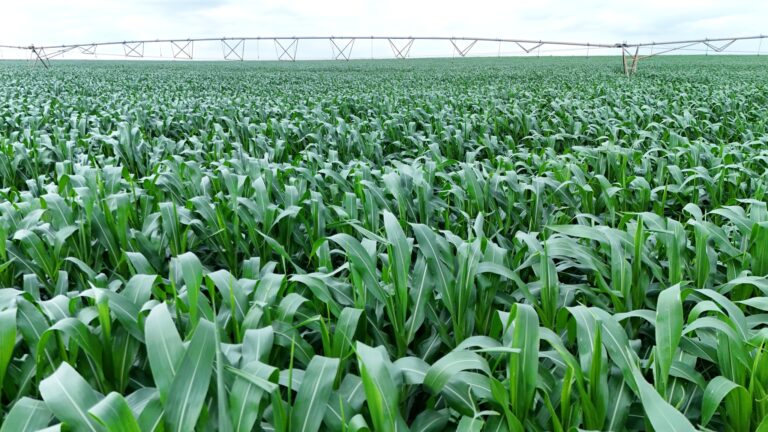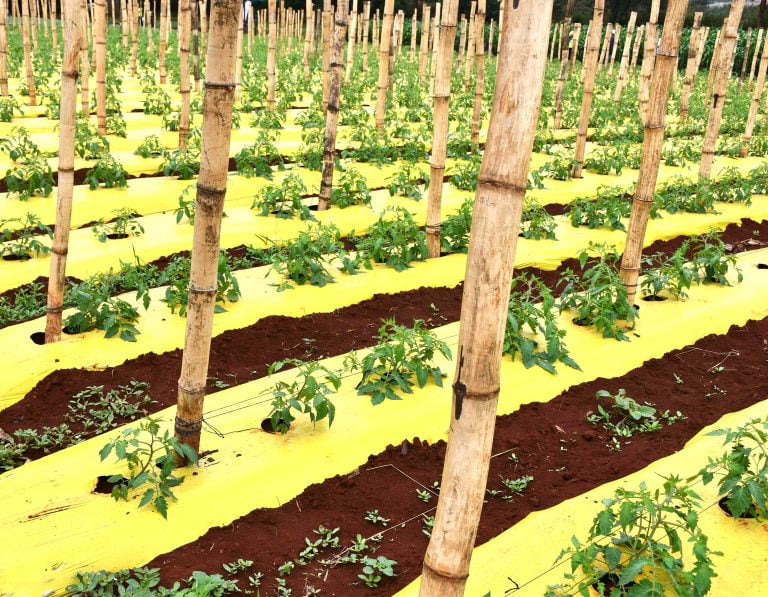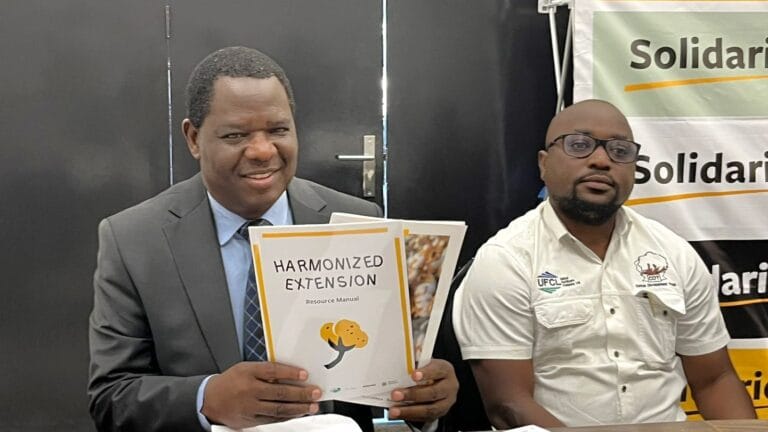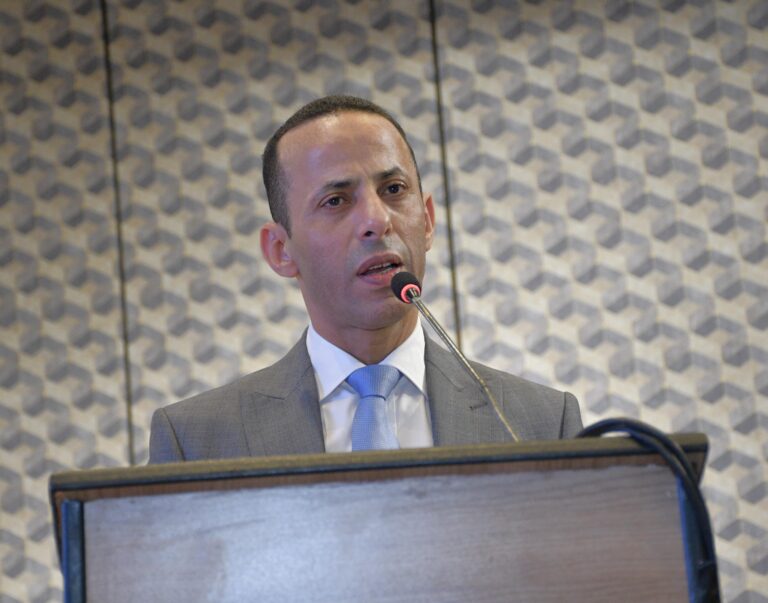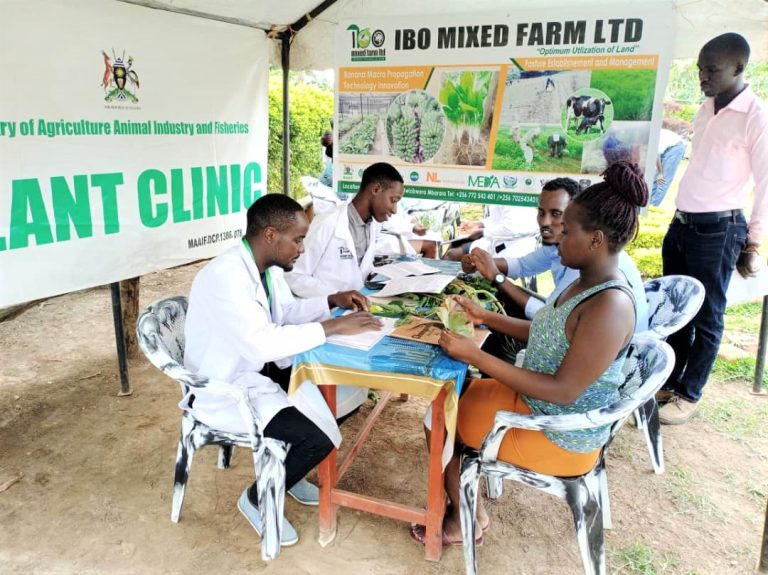By Kimuri Mwangi
Study finds market concentration, cross-border dominance, and weak competition regulation behind high retail prices
Despite the easing of global commodity prices, households across East and Southern Africa are still paying significantly more for cooking oil than they did just a few years ago. A comprehensive regional study has found that the soaring prices are being sustained by market concentration, cross-border trade dynamics, and weak regulatory mechanisms, not just global shocks.
A joint report by the COMESA Competition Commission (CCC) and the African Market Observatory (AMO) has revealed that between early 2021 and mid-2022, vegetable oil prices in Kenya, Uganda, Rwanda, Malawi, Zambia, Zimbabwe, and the Democratic Republic of Congo rose by 50 to 100 per cent. More critically, prices did not come down even after the cost of key inputs like crude palm oil and soybeans dropped in the second half of 2022.
The report provides detailed price analyses for Kenya, Malawi, and Zambia. In all three countries, the cost of producing vegetable oil, which includes inputs like soybeans or imported crude palm oil, remained stable or declined in late 2022. Yet consumer prices stayed high.
In Zambia, for example, the price of cooking oil doubled, from $1.50 to over $3 per litre, even though the cost of soybeans, which accounts for up to 80% of the production cost, saw only minor increases. In Malawi, vegetable oil prices rose by over 100% between January 2022 and January 2023, despite stable local soybean prices and a 25% currency devaluation.
Meanwhile, in Kenya, which relies heavily on imported crude palm oil, prices rose sharply alongside international market trends in 2021 and early 2022. However, after global crude palm oil prices dropped by about 40% later that year, retail prices failed to adjust downwards. Margin analysis in the report showed that processors continued to earn significantly more per litre than they did before the spike.

The study points to high market concentration as a major factor. In each of the seven countries, the market is dominated by just three to five major companies, many of which are vertically integrated and operate across national borders.
In Kenya, companies like Bidco Africa, Kapa Oil, and Pwani Oil account for almost 90% of refining capacity. In Zambia, three firms, Wilmar, ETG Parrogate, and Mount Meru, produce approximately 70% of the national supply.
These firms often manage multiple stages of the value chain from crushing oilseeds and refining oil to distributing finished products, giving them significant control over supply and pricing. Many are also active in cross-border trade, exporting both raw inputs and refined oil to neighbouring countries.
The report highlights a regional paradox: while local demand for vegetable oil is high, much of the production is exported, even during periods of local scarcity.
In East Africa, countries like Kenya, Rwanda, and Uganda import large quantities of crude palm oil through Mombasa for refining. Kenya is also a net exporter of refined palm oil to its neighbours.
In Southern Africa, Zambia and Malawi grow soybeans and crush them locally, producing both oil and oilcake, the latter used in animal feed. Yet despite local needs, Malawi exported more than 100,000 tonnes of soybeans and oilcake to India, the UAE, and regional markets in 2021 and 2022.
The report suggests that this behaviour may be contributing to artificial scarcity, keeping domestic prices high while firms benefit from international trade.
Another key issue is the high barriers to entry in the vegetable oil industry. These include the need for large capital investments, access to storage, transport infrastructure, and the ability to navigate import logistics, especially in East Africa, where most oil is derived from imports.
Beyond these structural factors, the report also identifies strategic conduct by dominant firms. These include tactics like over-investment to deter new entrants and raising rivals’ costs by controlling access to key inputs.
Combined, these factors have limited competition and allowed a small number of firms to sustain high prices, even when production costs do not justify them.
Several governments have responded with tax exemptions and regulatory interventions. In Malawi, VAT on cooking oil was removed in 2022. Uganda adjusted import duties on crude palm oil. However, the report finds that these measures were largely ineffective in reversing price increases.
It argues that most government responses are limited by national borders, while the market itself operates regionally. As a result, national competition authorities are unable to fully address issues stemming from cross-border coordination and ownership.
The CCC and AMO recommend urgent action to address these structural challenges. Key among their proposals are continuous monitoring of prices and margins across the vegetable oil value chain, stricter review of mergers and ownership structures, especially those with regional implications, uincreased investment in oilseed farming and processing to reduce import dependency and regional enforcement of competition rules, especially to address pricing coordination and market sharing across borders.
The report concludes that vegetable oil is a vivid example of the broader challenges facing Africa’s food systems, where favourable growing conditions and production capacity coexist with food insecurity and high prices.
As millions continue to struggle with the cost of basic food items, the question remains: can the region reform its markets fast enough to deliver fairer prices?



